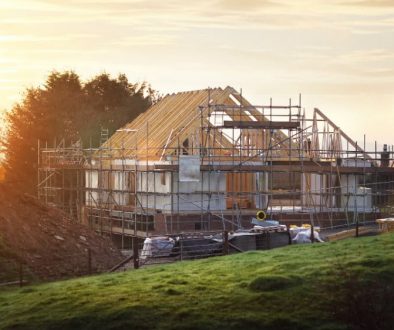Pharmaceutical heavyweight AstraZeneca (LSE: AZN) said this morning that profits from the firms core business fell by 12% during the first quarter, due to acquisitions and increased investment in new cancer treatments.
Core earnings dropped by 12% to $0.95 per share, which was broadly in line with analysts estimates. AstraZeneca did manage to notch up a 1% increase in revenue, which rose to $6,115m. This was due to an increase in externalisation revenues, which is income from licensing and partnership deals.
A lot to prove
AstraZenecas share price is now 12% lower than it was one year ago. Its also 28% below the 55 per share offer the firm rejected from US pharma giant Pfizer in 2014. Pascal Soriot, AstraZenecas chief executive, gained backing for the firms fight against Pfizer by promising that annual revenue would rise from about $23bn to $43bn between 2017 and 2023.
Mr Soriot still has a lot to prove, but turning around AstraZeneca after years of underinvestment was never going to be easy. The firms dividend has now been unchanged at $2.80 per share since 2013. A falling share price means the yield is now attractive, at 4.8%, but is AstraZeneca a great dividend buy?
Top fund manager Neil Woodford remains a big fan of the stock, and Im tempted to agree. AstraZeneca flagged up strong sales growth for new products including heart disease treatment Brilinta, and lung cancer treatment Tagrisso, today. This suggests that extra investment in R&D is starting to pay off.
The dividend is expected to remain flat in 2016 and 2017, but the yield is high enough for this to be acceptable in the short term. On a three-to-five-year view, I suspect AstraZeneca could be a profitable buy.
Car sales boost results
Revenue rose by 15% to 171m during the first quarter at engineering firm Laird (LSE: LRD). The gains were the result of strong sales in Lairds wireless systems division, where revenue rose by 52% to 79m.
This impressive gain was due to a mix of acquisitions and organic growth. Laird says demand remains strong for its automotiveproducts, which include technology used forin-vehicle navigation, entertainment and telematics systems.
Lairds dividend has doubled since 2010 and is now higher than it was before the financial crisis. The firms 3.8% yield looks appealing to me, but its worth looking at the potential downside for the shares.
The biggest immediate risk seems to be that Lairds largest division, Performance Materials, will continue to underperform. Revenue from this division fell by 5% to 92m during the first quarter. This appears to be the result of a particularly strong first-quarter performance last year. Laird expects trading to improve during the second half of this year. Analysts covering the firm appear to agree, as Lairds adjusted earnings are expected to rise by 56% to 25.3p this year, putting the shares on an undemanding forecast P/E of 14.
Although it can sometimes be risky to rely on promised improvements in trading for the second half of the year, Im tempted to give Laird the benefit of the doubt. After a difficult year in 2015, Lairds turnaround appears to be broadly on track.
If you’re concerned about the performance of your portfolio so far in 2016, then I would strongly encourage you to take a look at this FREE, no-obligation report.
To receive your copy today, simply click here now.
Roland Head has no position in any shares mentioned. The Motley Fool UK has recommended AstraZeneca. We Fools don’t all hold the same opinions, but we all believe that considering a diverse range of insights makes us better investors.





